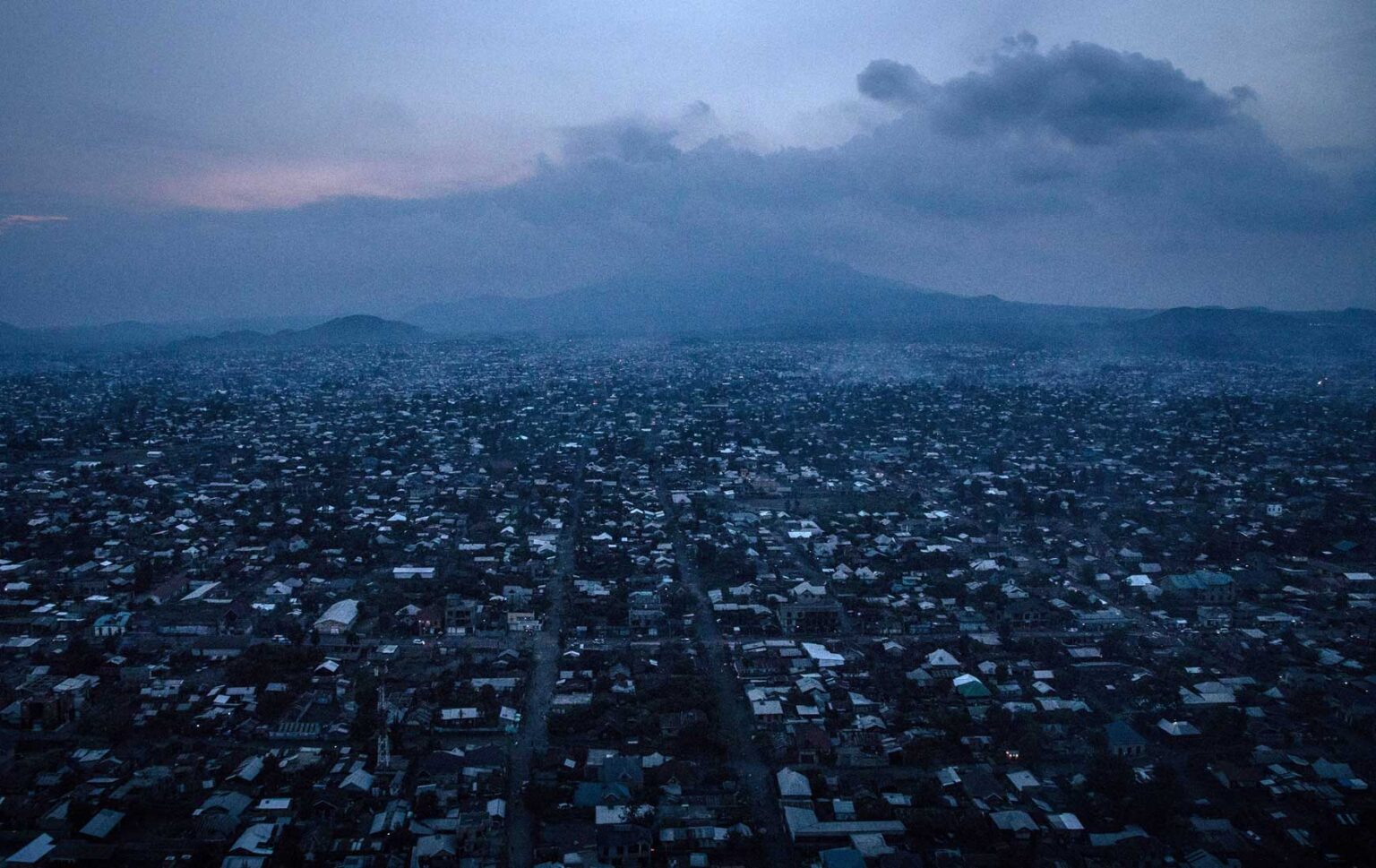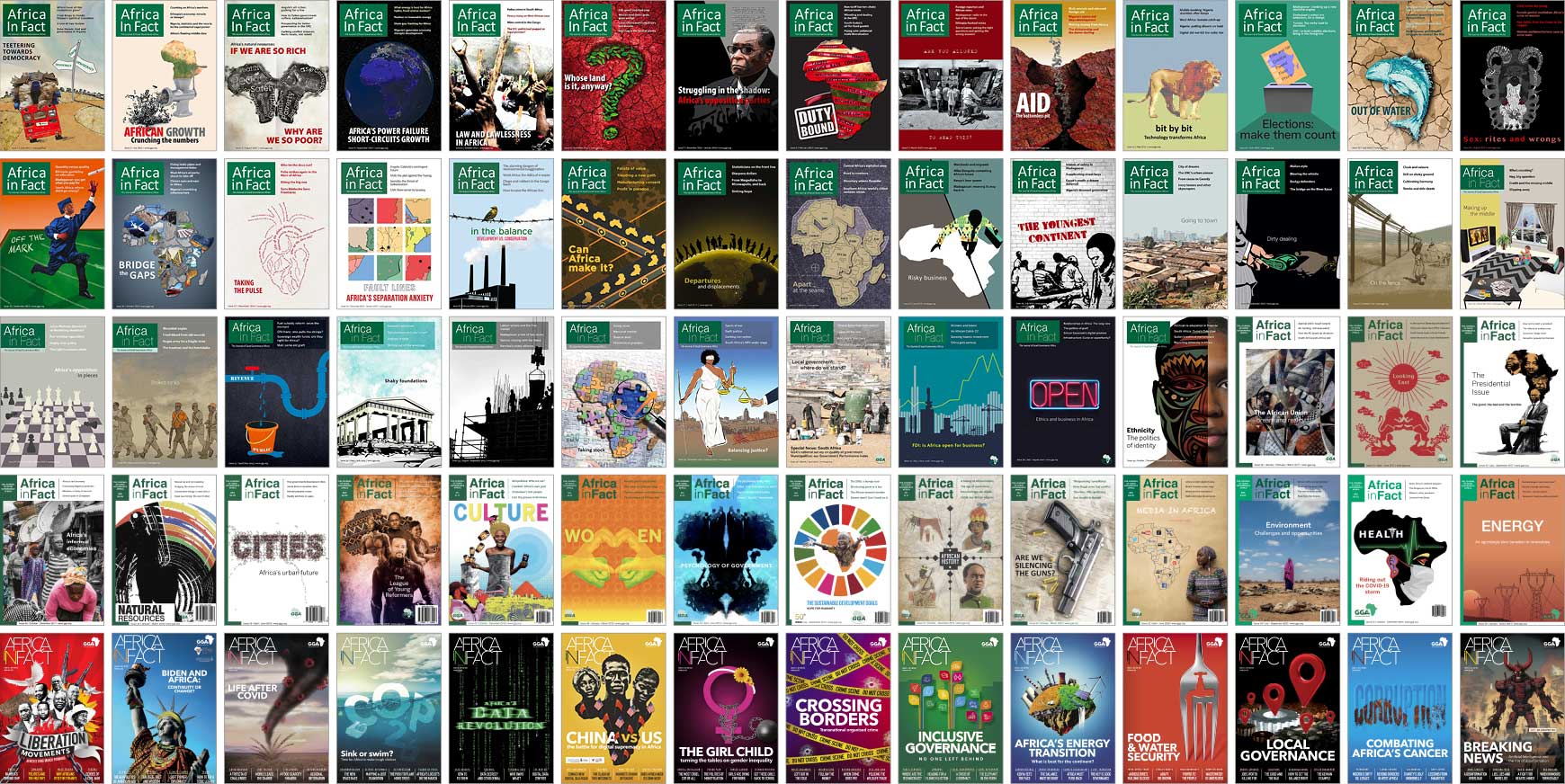The last time an issue of Africa in Fact focused on the continent’s cities was April-June 2018, six years ago, and it’s probably an understatement to suggest that we now live in a very different world.
Meanwhile, African cities have continued on the trajectory analysts and policymakers predicted in the early 2000s, a period of unprecedented growth, much of it unplanned, that sees no sign of abating. As a 2010 World Bank report noted: “The massive migration of people from rural into urban areas is the most spectacular demographic upheaval that Africa has experienced in recent decades. While Africa was 80% rural at the time of independence, its rate of urbanisation now stands at 50%, and the trend is expected to continue over the coming years.” And continued it has.
Africa’s cities are the fastest-growing in the world, and they are among the youngest, and changing fast. The continent’s 1.3 billion population is projected to double by 2050; more than 70% of that growth will happen in cities.
Economic inequality remains a characteristic of many African cities. Spatial segregation, a legacy of colonial-era planning and economic exclusion, continues to shape urban landscapes.
While timely, this issue of Africa in Fact has also been planned to highlight the research currently being undertaken by Good Governance Africa’s Insights and Analytics programme for the African Cities Profiling Project, which is building an information bank aimed at assisting African cities to improve the services they provide to citizens and enterprises. The core premise is that better data, stronger statistical capacity, and capable local governance enable more efficient resource allocation and improved service provision.
GGA researcher and project co-leader Dr Mmabatho Mongae notes: “Africa’s rapid urbanisation presents significant challenges for cities, including the growth of informal settlements and gaps in service delivery. To address these issues, the African Cities Profiling Project aims to provide a comprehensive understanding of the dynamics within sub-Saharan Africa’s largest cities. In its first phase, the project will profile 10 cities in the SADC region, with the broader goal of profiling 30 cities across the continent. By offering deeper insights into urban environments and the factors shaping growth and development, the project aims to support more efficient resource allocation. Ultimately, the project is envisioned as a City Development Index (CDI), providing a framework for evaluating city governance and service provision.”
This issue begins with an article by GGA research associate and project co-lead Ian Palmer, who teases out the data from the first five sample cities the team has been studying over the past several months, supporting the argument that the role of local government should be expanded through devolving functions from national to local level.”
All five, Palmer writes, “are primary cities in their respective countries with their “primary” status either related to being the largest city in the country (Johannesburg in South Africa), the capital city (Lilongwe in Malawi), or both the largest city and the capital (Harare in Zimbabwe, Luanda in Angola, and Lusaka in Zambia). Being cities, they are almost exclusively urban in character with relatively large populations but with their economic circumstances varying widely.”
Palmer’s observation about the vast differences in economic circumstances of African metropoles holds true in other respects, too. Urbanisation rates are not uniform across the continent, as data reported by Statista.com in July last year revealed. According to the online portal, in 2023, Gabon had the highest urbanisation rate in Africa, with more than 90% of the population living in urban areas. Gabon was followed by Libya (about 82%) and Djibouti (79%). On the other hand, Statista reported, “As of 2023, urbanisation in Malawi, Rwanda, Niger, and Burundi was below 20%, although the data also reveal that Burundi, Niger, Uganda, and Tanzania are urbanising at a particularly rapid rate.
Africa’s three largest cities – Lagos, Nigeria; Kinshasa, Democratic Republic of Congo (DRC); and Cairo, Egypt – all have populations of almost 20 million, or just more than that – or slightly fewer, depending on whose data sets one references – but all three qualify as megacities that are only going to get bigger.
The challenges of delivering services to urbanisations of this size, even with sufficient funding and appropriate policies in place, are obvious, but given the developmental and governance deficiencies that are characteristic of many African cities, the task can seem almost insurmountable.
The experience of living in these “chaotic” environments is vividly illustrated by the interviews that regular contributor Issa Sikiti da Silva conducted for his article. He took to the streets of Kinshasa, where he was born, where citizens battle daily to access basic services, including water. Several people described how a chronic lack of access to fresh water forces “hordes” of women out of their homes day and night, often at great personal risk, to look for alternative sources. This is in the capital city of a country that owns half of Africa’s water reserves.
Space precludes a synopsis of the almost two dozen articles in this issue of AIF, but hopefully we have succeeded in providing readers with a comprehensive overview of the future of Africa’s cities, analysing the socio-economic and environmental drivers behind urban migration, the current state of governance, and service delivery models in urban African contexts. We have also highlighted examples of successful policy implementation, big and small, and suggested a sustainable way forward.

Susan Russell is the editor of Good Governance Africa’s quarterly journal, Africa in Fact. She has worked in the media industry for more than 30 years as a journalist, editor, publisher, and as a general manager. Career highlights include several years working for Business Day and more than a decade as a reporter, editor and General Manager at the Sunday Times in Johannesburg.



